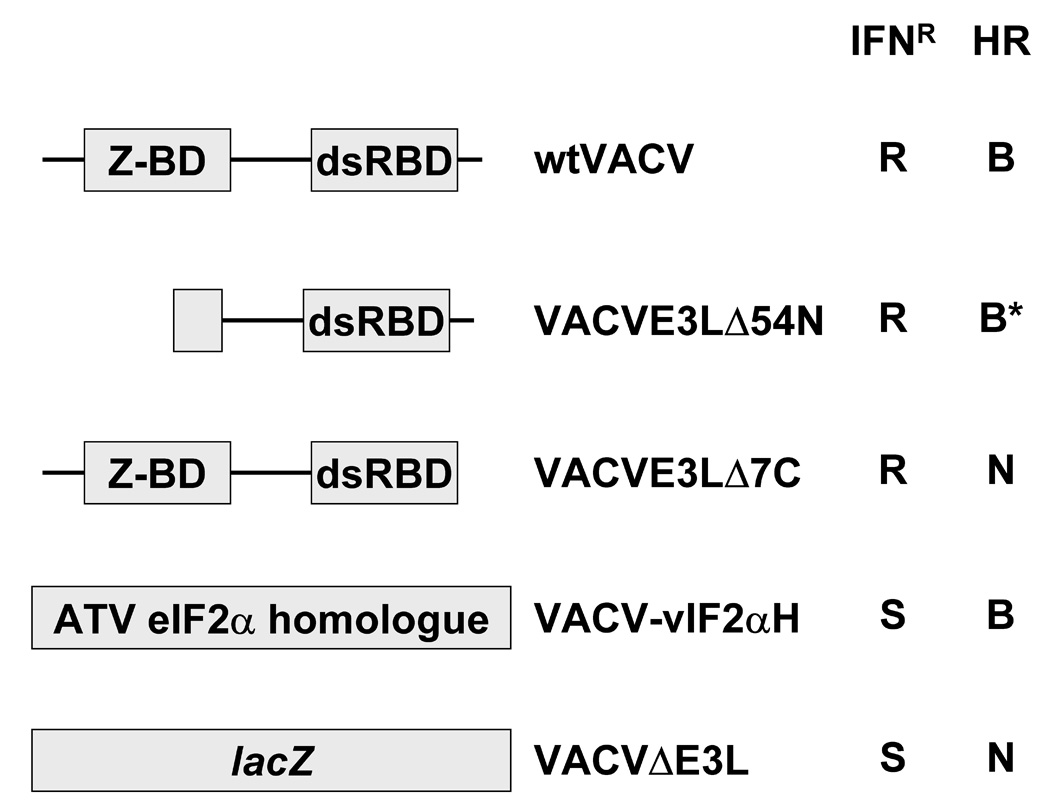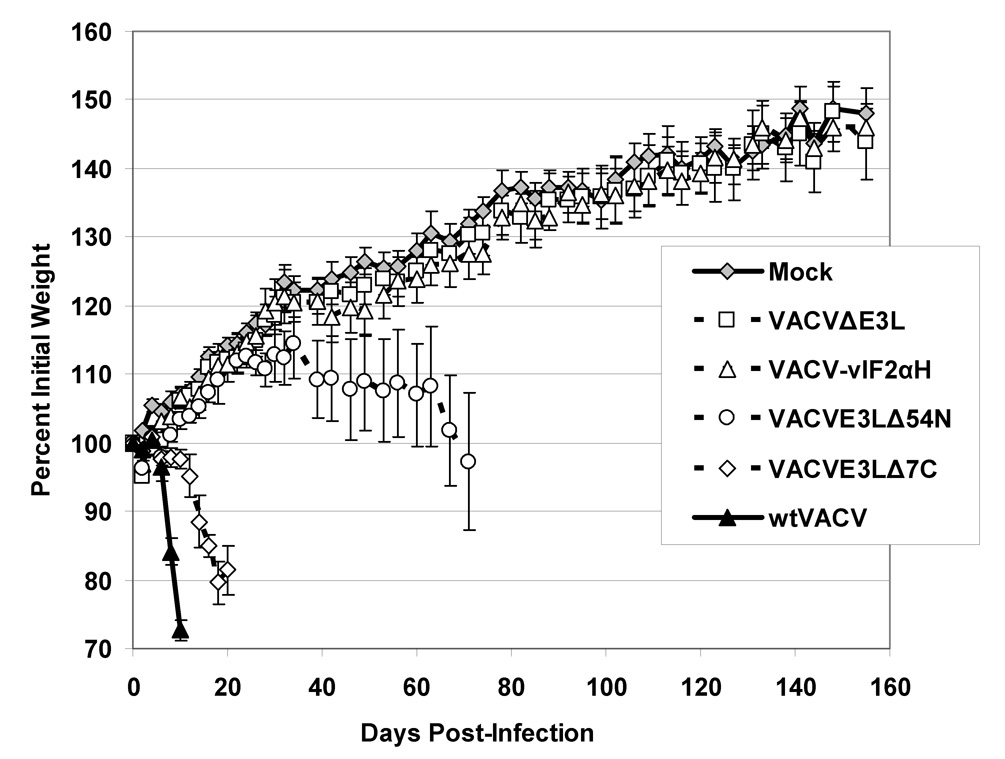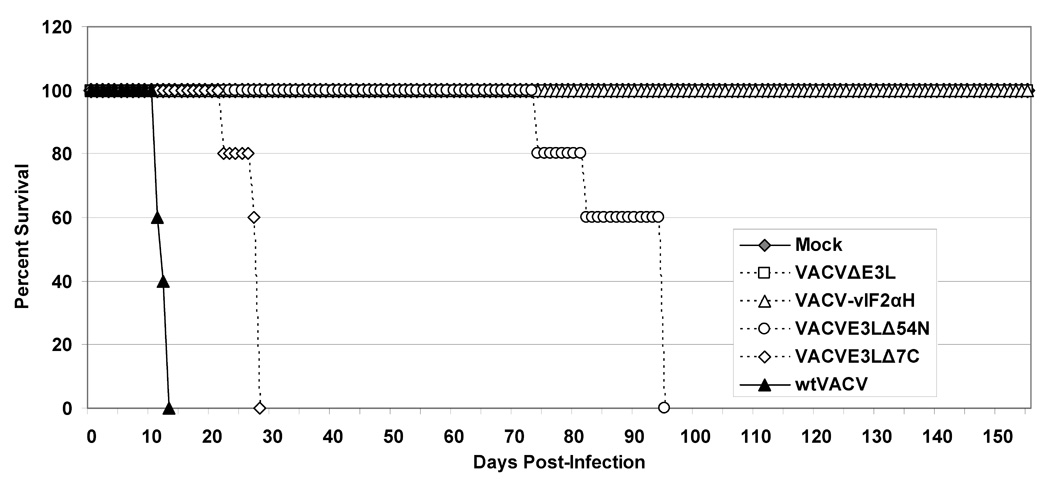Fig. 1. Infection of SCID mice by scarification.



(A) Z-DNA binding domains (Z-DBD) and double stranded RNA binding domains (dsRBD) of E3L proteinare shown. Viruses deleted of the entire E3L gene had insertions of either the ATVeIF2α homologue gene (2aH) or the marker gene lacZ. Interferon resistance (IFNR) and host range (HR) of the viruses in cell culture systems are shown. R = interferon resistant, S = interferon sensitive, B = broad host range, and N = narrow host range. *While VAVCE3LΔ54N forms plaques in HeLa cells, it does so at a lower efficiency than wtVACV. (B and C) Infection of SCID mice. Groups of 5 female SCID mice were infected by tail scarification with 106pfu of either wtVACV or the indicated VACV E3L mutants and monitored for weight loss (B) and mortality (C) for 5 months after infection. Lines ending prematurely in panel B indicate mortality. Error bars indicate the standard error of the mean. Two-Way Repeated Measure ANOVA tests were performed on the weight loss data to determine differences between the groups. Survival analysis was performed using the log rank test. Outcomes were defined as either “censor” (mice which were still alive after 160 days) or “failure” (mice which either died or were euthanized, from causes related from the scarification).
